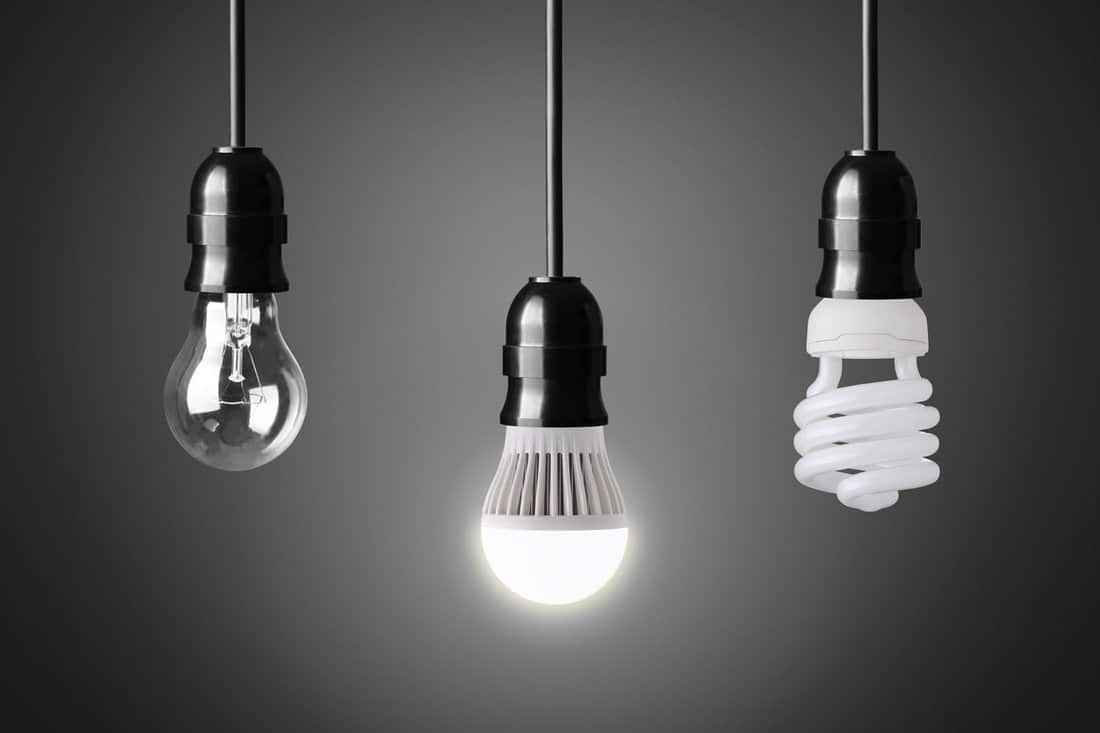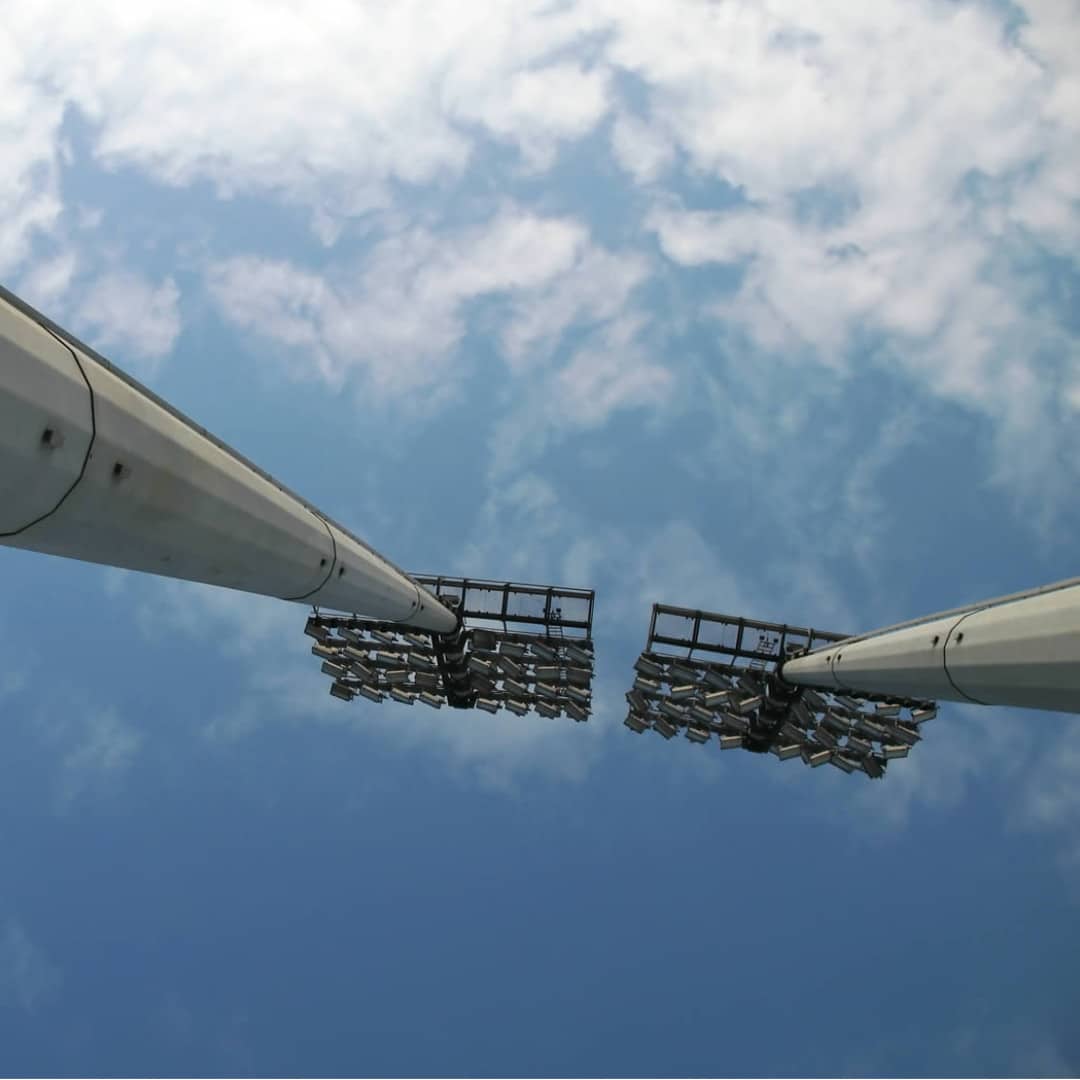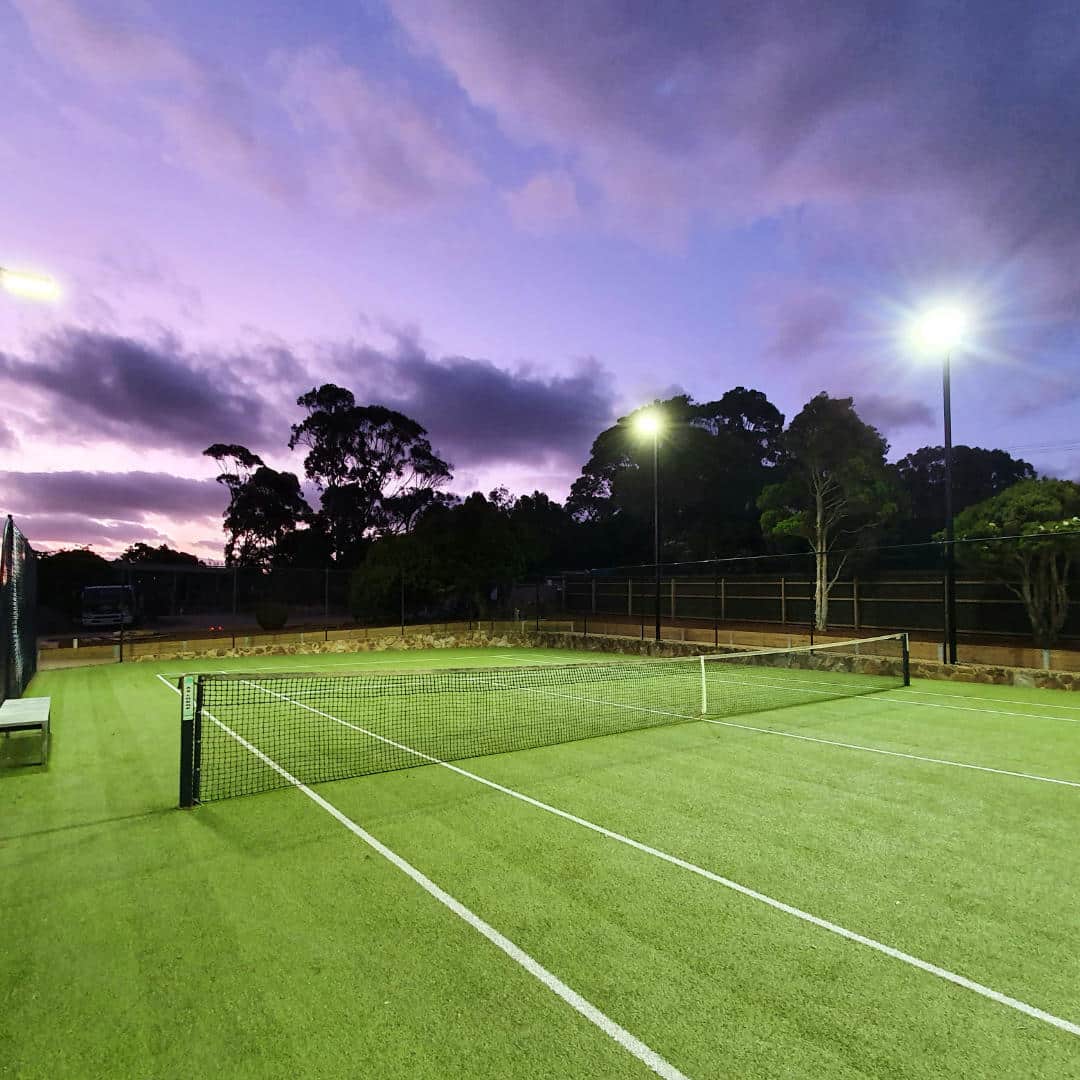
There are currently three main forms of lighting used in sport applications. Filament (halogen), discharge (metal halide and HID) and LED. All have benefits and disadvantages in certain circumstances and it’s important to understand these when considering an upgrade or changing lights.
Traditional halogen lamps use a filament which heats up as the electricity passes through. This glows, producing light and a lot of heat. As a large part of the energy goes into the heat side of the equation, the halogen light is not very efficient from an energy perspective and is generally only able to be used for small court type sports like tennis. However, the heat is all out the front of the lamp so the housing can be made from any material (metal, aluminium, plastic etc) and the front lens (typically glass) manages the heat. This means the lamps can be quite small and mounted easily. The main advantage of halogen is that they are cheap to buy but are really only suitable for small club or personal use due to their short life span and inefficiencies.
Metal Halide and Sodium Vapour are discharge lamps, much like a fluorescent tube, where the gas is the lamp is glowing, rather than a filament like with halogen. These types of lighting are more efficient than halogen but their useful life peaks very quickly, and their performance deteriorates after a few hundred hours. In fact, a metal halide lamp will lose 25% of its original performance within the first 250 hours of use. Like halogens, the heat comes out the front, allowing for light weight, typically metal pressed bodies or housings and glass fronts. A frustrating fact of metal halides is that once they turn off they have a significant re-start time of about 10 minutes. Metal Halide has been the main-stay of high powered sports lighting for decades and provides very good light economically. The units are cheap to buy and are very proven in the field. On-going maintenance can be expensive as the bulbs have to be replaced regularly. This can be a nuisance, particularly when mounted 25m in the air.
LED’s are the latest innovation and have been in the market for about 10 years. They have replaced other forms of lighting in most applications but have struggled with delivering value in the big field sports. One of the reasons is that unlike halogens and metal halides, LED’s generate heat behind them. The LED’s are mounted to a flat pc board (electronic circuit board) and all facing in the same direction. When turned on the pc board will heat up very quickly but very little heat radiates from the front. This means that the front lens can be plastic but the back-end, or housing, needs to be aluminium or some other type of heat-sinking material to remove the heat from the pc board. For static lamps, like in a warehouse or fixed pole application, like sports fields, the manufacture has to account for high ambient (room) temperatures and low, or no, airflow. This is a critical part of the lamp as LED’s will fail if they get too hot. This important design aspect makes the lamps very heavy and often larger in surface area than other forms of lighting, like Metal Halide, Sodium Vapour and HID. As an example, a car spotlight 100W halogen lamp will weigh 700g compared to an LED of equivalent wattage which would weigh about 4kg. A well designed LED system is likely to provide the best long-term investment. However, look into it carefully as there are many levels of quality and performance and just because it is LED is no guarantee that you will automatically improve on an older, metal halide system. Also, when considering upgrading your metal halide fittings with LED, ensure that the poles are capable of supporting the extra weight and sail area.


